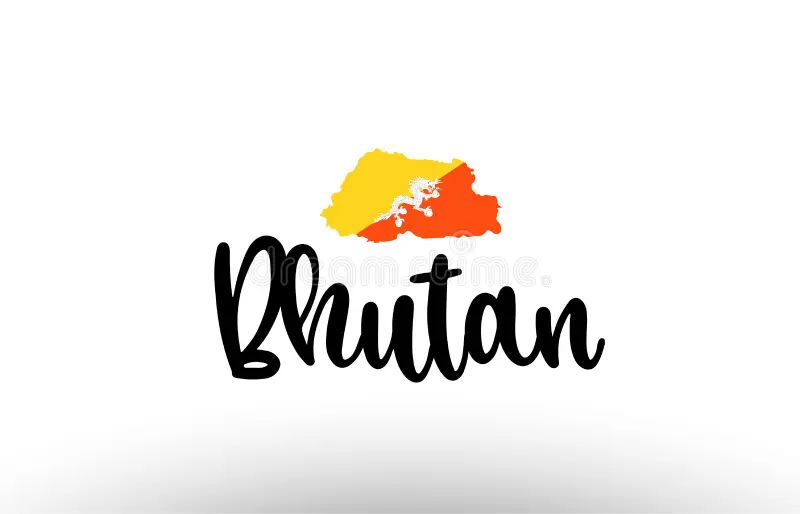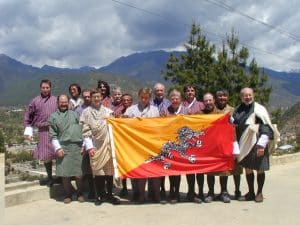Headlines
Bhutan: A Land of Myth, War, and Democracy

Bhutan is a landlocked country in south-central Asia, located on the eastern ridges of the Himalayas. Its early history is steeped in mythology and remains obscure, but some evidence suggests that it has been settled as early as 2000 BC.
See population, official language and more…

Bhutan
Bhutan emerged as a distinct political entity in the 17th century, when an influential Tibetan lama named Ngawang Namgyal founded a theocratic government and unified the warring factions of the region. He also established the Drukpa subsect of Buddhism as the state religion and gave the country its name, which means “Land of the Thunder Dragon” in Dzongkha, the national language.
Bhutan’s history has been marked by several wars and invasions, mainly with Tibet and British India. In 1720, China invaded Tibet and claimed suzerainty over both Tibet and Bhutan, but its control was nominal and intermittent. In 1772, British India invaded Bhutan and forced it to cede some territories and pay tribute. In 1865, after another war, Bhutan signed a treaty with Britain that established its status as a protectorate under British guidance in foreign affairs.
Bhutan underwent significant reforms and modernization in the 20th century, especially under the reign of King Jigme Dorji Wangchuk (1952-1972), who abolished slavery, introduced land reforms, education, health care, and infrastructure development. He also initiated the transition from an absolute monarchy to a constitutional monarchy with a parliamentary democracy. In 2008, Bhutan held its first general elections and became a democratic country.





